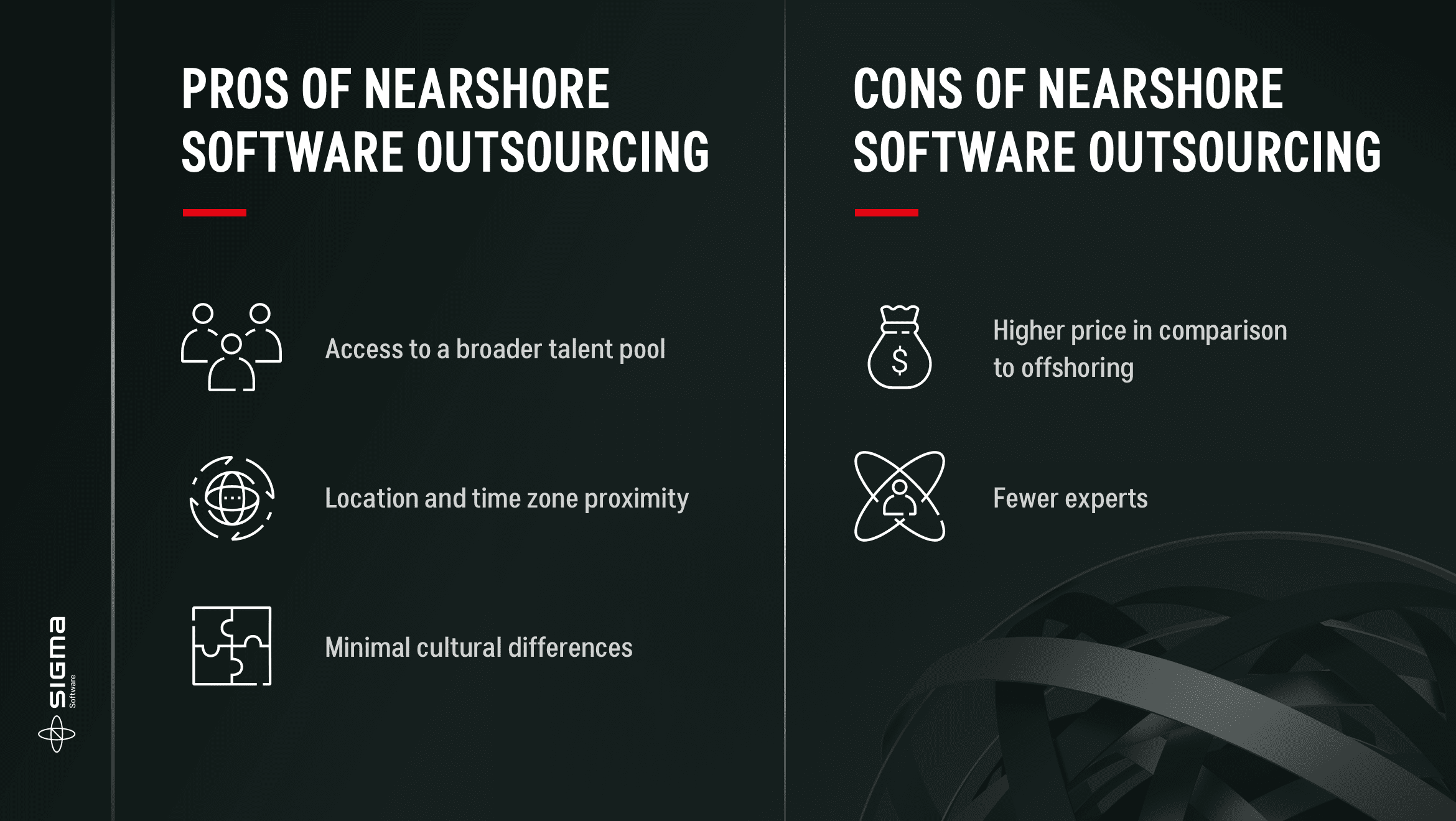What is the Nearshore Software Development Model?
Nearshore Software Solution: Advantages and Disadvantages
Nearshore Software Development in Eastern Europe
Nearshore Software Development in Latin America
Nearshore VS Offshore VS Onshore
How to Choose Nearshore Software Development Company
Sigma Software as Your Nearshore Software Development Service Provider































